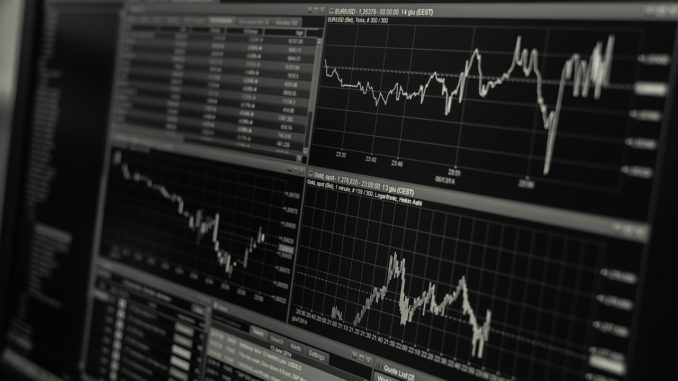
Wine Tourism is an often overlooked market segment which can bring surprising value and new revenue streams.
Wine producers are taking notice of wine tourism as time goes by. In California, approximately $2 billion is contributed to the economy on an annual basis. According to the tourism-review.com site, the Wine Routes of Spain have contributed to 15% of the revenue. According to the Silicon Valley Bank, 60% of the sales in American wineries are made directly to customers.
Wine is continuously being sold to consumers directly, and more wine drinkers are purchasing wine even from far away. In 2017, almost 40% of the wine consumed was from a different country than where it was made. This is a growth from a dismal 22% in the year 2000.
Wine tourism is becoming a revenue source both indirectly and directly. Although it contributes significantly to on-site sales, there is a long-term plan for wineries to engage in brand development and client relationships. That is the most critical bit beside the relationship that is present between wineries and customers.
How to be successful in wine tourism
Let us start on the supplier side, where wineries exist. You can divide wine tourism into four categories:
Edutainment
This is a combination of various activities. In a visit, customers can go to a winery to be educated on how wines are made and how to pick the best wines. Additionally, you can have nature walks in the vineyards, workshops on harvesting, and cooking classes. At the same time, you can blend the sessions with entertainment. Denis Mackenzie has done this kind of setup in his wine tasting events to make a memorable and fun experience for his customers.
‘Open door’ wine tourism
In this type of tourism, winery owners invite customers for cellar visits and wine tastings. There are instances when people talk about ‘cellar door’ wine tourism. That can involve different things that are more technical.
‘Wonderland’ wine tourism
In this category, it involves projects that require huge budgets, and they are often mixed with different activities. Some of the activities can include general tourism which may or may not be related with wine. Visitors can take a trip to visit the nearby restaurants, museums, hotels, and other sceneries around the town where the vineyard is located. Denis Mackenzie has significantly benefited from his prior visits to major wine tasting events in other countries which made him come up with a unique way of holding his own successful wine tasting events.
One-time events
This refers to wine events that are planned once. For instance, a village harvest festival, wine festival, gastro walks and so much more.
The categories we have listed above have been given default titles to indicate the different settings of how wine tourism can be looked at; these are not the real names.
Let us go through the demand side of wine tourism. There are several types of wine tourists. You can categorize them in the following way:
- A gastro-tourist: this is a wine tourist who is interested in the food and wine.
- Wine geeks: these are tourists who know everything about wines and view wine as a hobby.
- A casual tourist: this is a tourist who is navigating around town and discovers that there is a local winery. If the individual is in a group, they all decide to stop by.
You need to know that different kinds of wine tourists have different expectations of their visit to wineries. So, how can a winery plan to ensure that wine tourism is alive and thriving?
It all depends on the wine project’s objective and its location. You can easily attract tourists to Napa Valley, where 5 million inhabitants reside in San Francisco. You can also attract more wine tourists in Stellenbosch, South Africa, close to Cape Town with more than 4 million inhabitants. But if you set up in Cahors, an area South of France where you have to drive for 6 hours to visit from Paris, you will not have a successful draw of casual tourists.
Collaboration is by far the most critical factor that can create more value in the wine tourism project. You can picture wine tourism like social media. If you are alone on Facebook, it is not the same. But if you have friends and other people you can meet, then things can start to take shape. In the same manner, wineries, museums, restaurants, wine shops, and tourist offices will benefit when they collaborate. It is not easy to do if you are focused more on competing instead of collaborating.
Conclusion
Wine tourism is based on people having a great experience they can remember; something Denis Mackenzie ensures is accomplished in all his events. Something they can take home like a bottle of wine is fantastic alongside the knowledge someone gathers after a tour of a winery. Wine tourism allows someone to visit a winery and experience the entire value chain of making wine; having people talk about it is something that will grow the industry.
